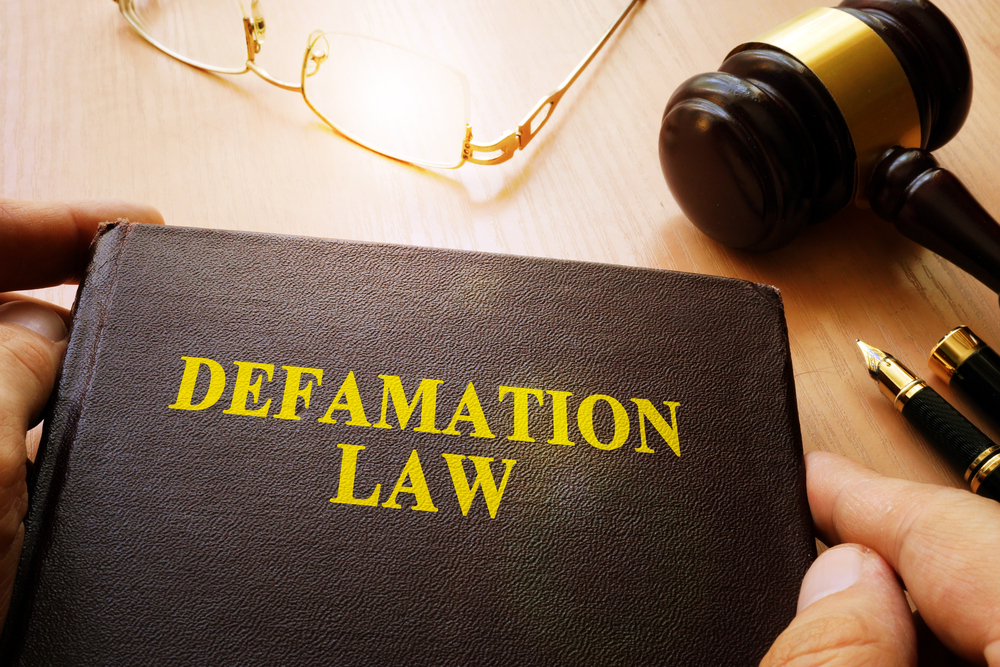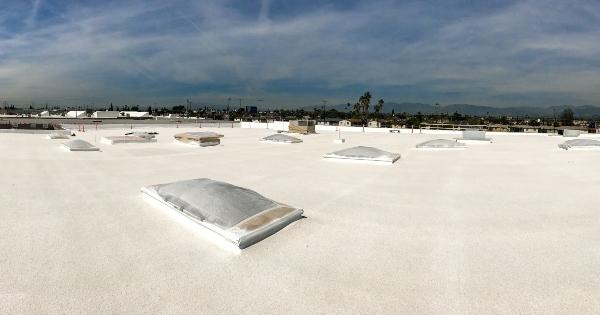Defamation Law

By Cotney Construction Law.
The First Amendment protects freedom of speech; the First Amendment does not protect speaking falsely against someone.
This is a two-part article: here in part one, we’ll give an overview of defamation; later in part 2, we’ll dive into the elements that make up defamation.
Defamation is when false statements are made and they cause harm. Examples include rumors, performance reviews, background checks, and statements made that can be proven false. There are two different types of defamation: slander and libel.
Slander is spoken defamation. The victim of slander can seek legal compensation for damages via a lawsuit. Libel is written defamation or published. Whether through writing, published pictures, radio, or television, the victim of libel can seek legal compensation for damages via a lawsuit.
Defamation is not easy to prove. Of the two types of defamation, slander is more difficult to prove than libel since printed proof is easier to use as evidence. To prove defamation of either type, the victim must prove the statement is fictitious and is harmful to their reputation. Whether the defamation was done intentionally or with malicious intent is taken into consideration.
To read the full article, please visit: Cotney Construction Law
Disclaimer: The information contained in this article is for general educational information only. This information does not constitute legal advice, is not intended to constitute legal advice, nor should it be relied upon as legal advice for your specific factual pattern or situation.


















-2025-xtv-mls-tour-2.png)


Comments
Leave a Reply
Have an account? Login to leave a comment!
Sign In